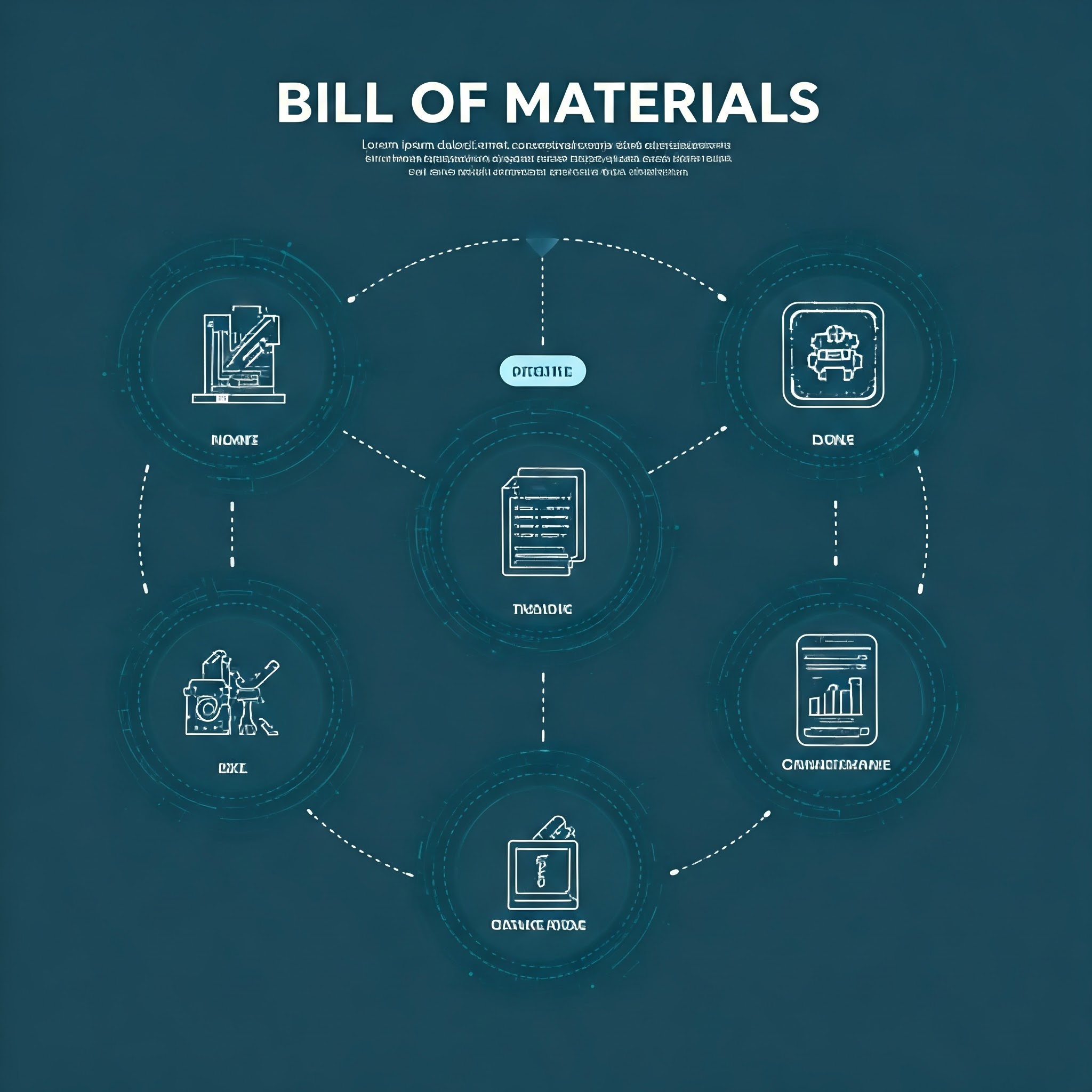How to Build a BOM (Bill of Materials)?
A Bill of Materials (BOM) is the recipe for your electronic product, outlining all components needed for assembly. It's a crucial document for manufacturers, guiding procurement, production, and cost estimation.
Key Elements of a Successful BOM:
· Clear and Concise: Use a well-organized format, such as a spreadsheet, with clear headings for easy navigation.
· Comprehensive Information: Include:
o Part Number: Unique identifier for each component.
o Description: Detailed description for easy identification.
o Quantity: Number of components required.
o Manufacturer: Specify approved manufacturers for each part.
o Tolerance, Voltage, etc.: Define critical parameters for passive components.
o Package Type: Specify component package (e.g., 0603, SOIC-8).
o Reference Designator: Indicate component placement on the PCB.
· Version Control: Track changes to the BOM effectively to avoid errors.
· Consider Consumables: Include items like glue, fasteners, and labels in your BOM.
· Utilize Templates: Use templates from your chosen PCB manufacturer for streamlined data exchange.
Tips for Creating an Effective BOM:
· Double-check all entries: Ensure accuracy to avoid costly errors.
· Document changes: Maintain a record of all revisions.
· Tailor to your specific needs: Adjust the BOM to fit the unique requirements of your project.
Why a Well-Defined BOM Matters:
· Efficient Production: Enables smooth and accurate assembly processes.
· Cost Control: Accurate BOMs facilitate accurate cost estimation and procurement.
Improved Communication: Facilitates clear communication between design, engineering, and manufacturing teams.
To get a quote for your PCB assembly, please submit the following information to [email protected]:
